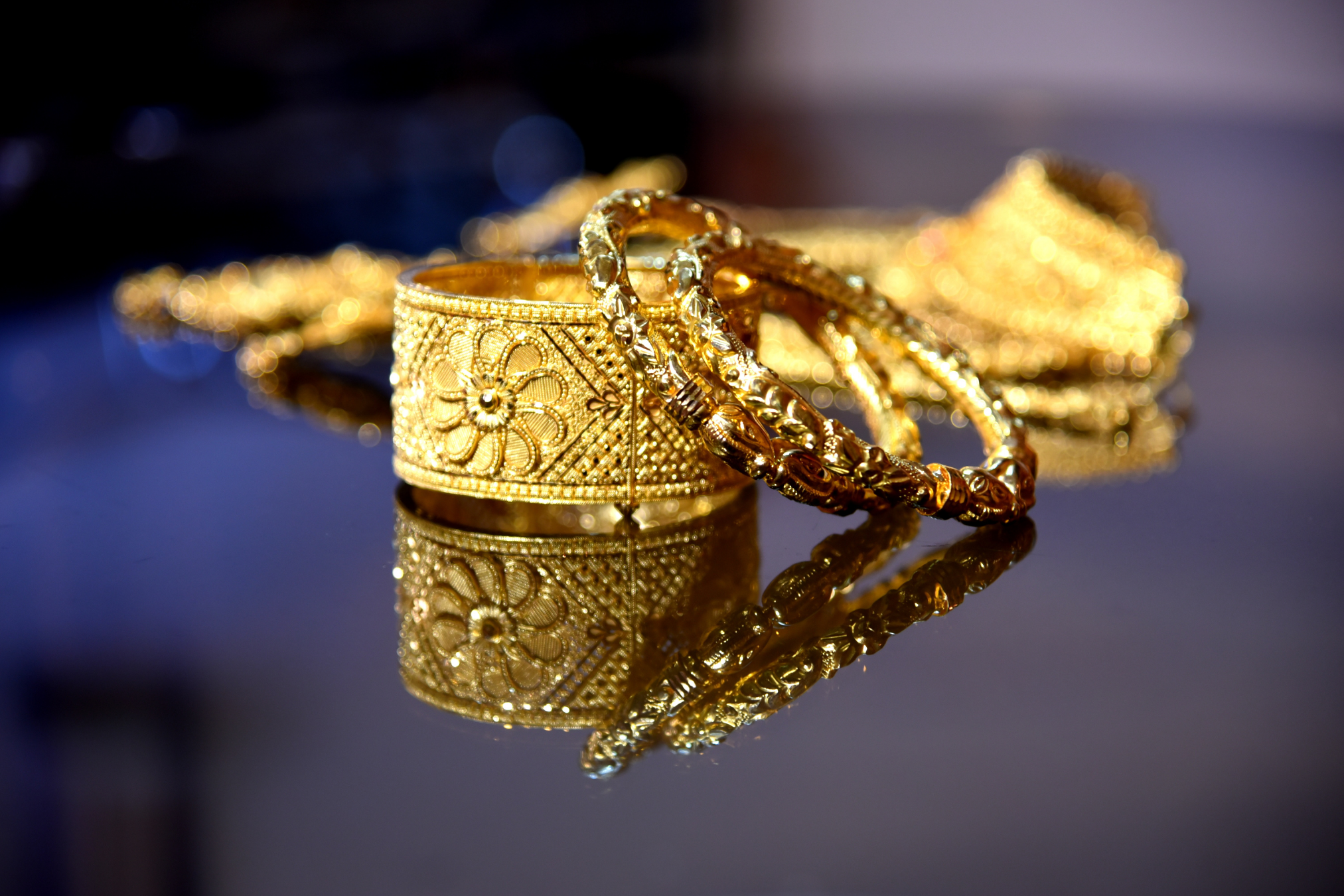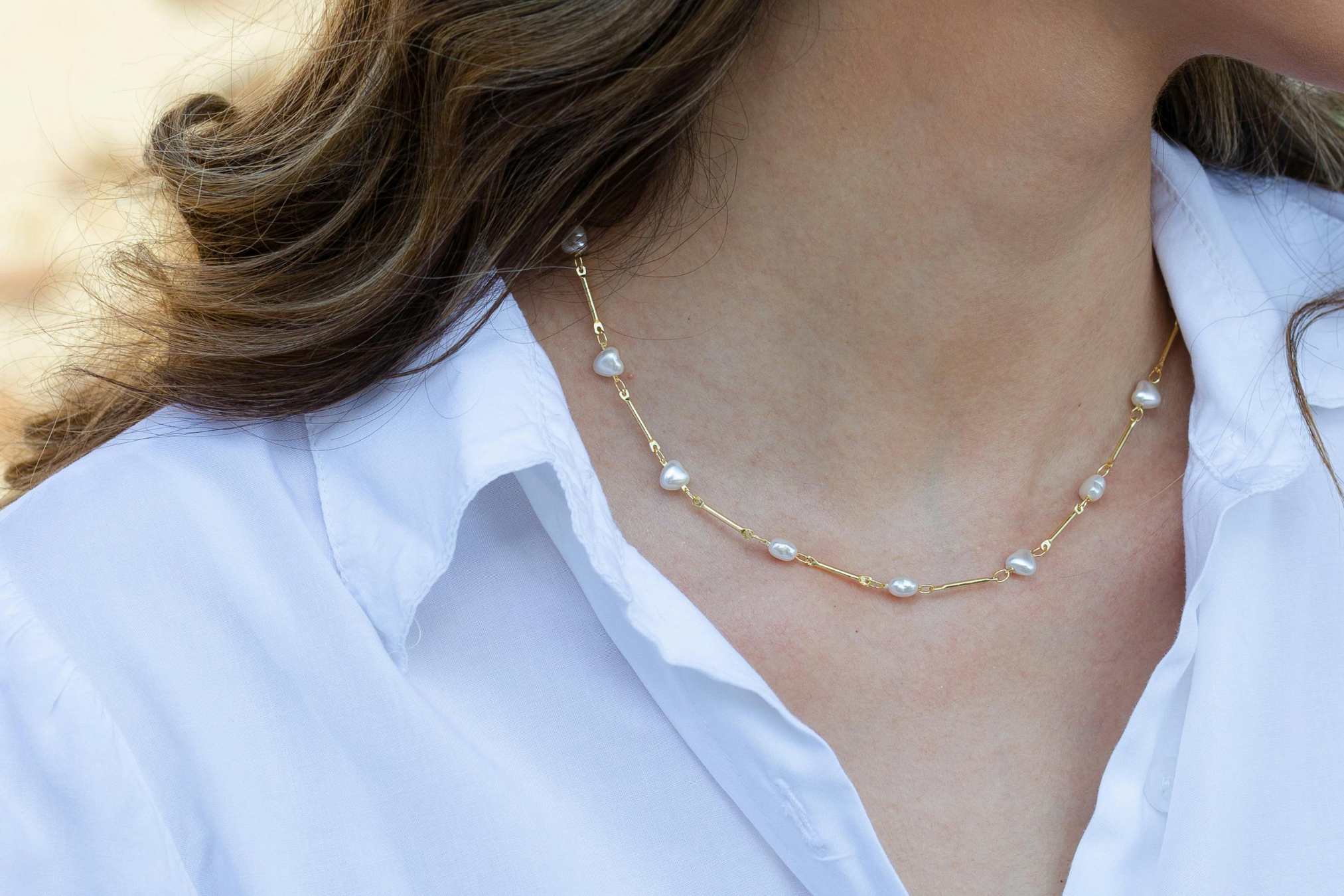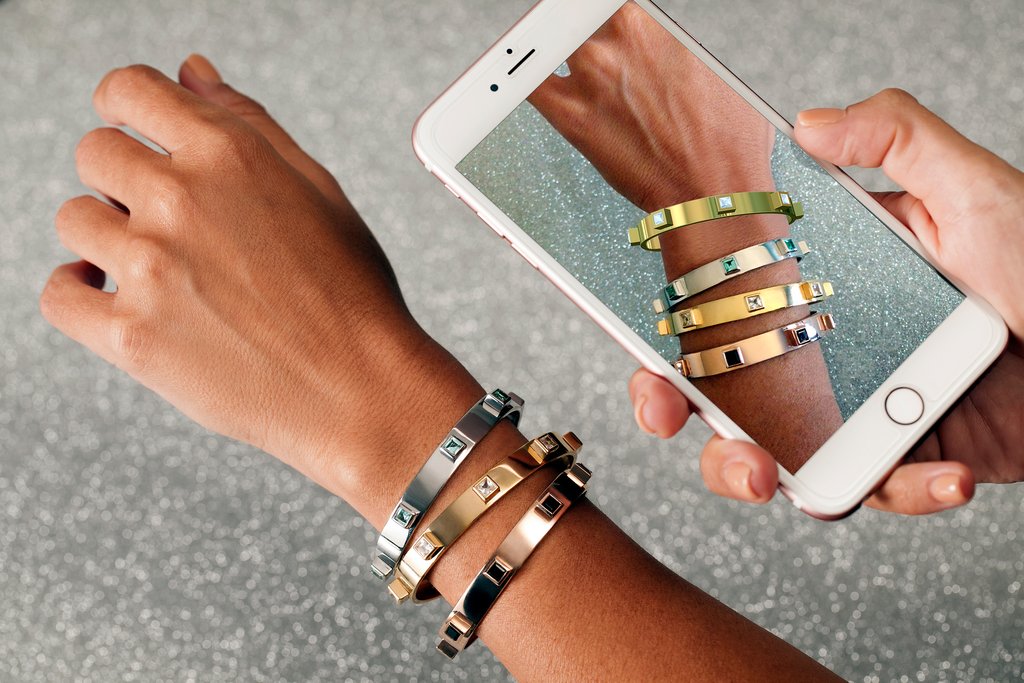
A Peek into the World of Precious Metals: A 1000-Year Spectrum of Precious Metals in Jewelry
Since ancient times, metals have been essential to the world of jewelry. Metals have been molded into stunning adornments that cross cultures and ages thanks to their shine, toughness, and malleability. The fascinating history of precious metals in jewelry, from their discovery to their current popularity, is explored in depth in this investigation.
Jewelry has served as a glittering window into human inventiveness and cultural significance throughout history. Behind each exquisite gemstone and elaborate pattern is a metal choice that not only provides structural support but also gives each piece personality and charm. This tour explores the world of jewelry-making metals, from the traditional materials of antiquity to the cutting-edge materials of today.
The eternally revered metal is gold.
- Symbolism and Rarity: Gold is a rare metal and a universal emblem of riches, status, and timeless beauty. It is the perfect material for making jewelry that will survive for many generations due to its scarcity and resistance to tarnish.
- Historical significance: Gold has historically been used to ornament monarchs and dignitaries in ancient cultures. Gold has long represented strength and divinity, from the lavish treasures of the Egyptian pharaohs to the elaborate jewelry worn by Roman emperors.
- Jewelry variations: Due to gold's adaptability, it may take on a variety of hues and shapes. By alloying gold with other metals, rose gold, yellow gold, and white gold are produced, providing variants to suit various aesthetic preferences.
The Shining Classic: Silver
- Subtle Elegance: Silver is a popular material for exquisite jewelry because of its cool, reflecting qualities. Because of its low cost and adaptability, it is a prized metal for both regular wear and special events.
- Cultural connection: Silver's history crosses cultural and geographic boundaries. Silver has been embraced by Native American tribes and Indian artists for its significance in customary jewelry-making.
- Tarnish and Patina: Some people desire the patina that develops over time, giving silver jewelry an antique charm, making silver's propensity to tarnish both a challenge and a desirable characteristic.
Platinum: The Noble Metal of Distinction
- Rare Elegance: Platinum is one of the most expensive metals used in jewelry due to its rarity and purity. Because of its endurance and natural white shine, jewelry will continue to have a beautiful appearance.
- Modern Luxury: Platinum became popular in the contemporary era, appearing on engagement rings and other high-end items. Those looking for a sophisticated style have taken a liking to it because of its understated elegance.
- Challenges and Rewards: Platinum is a durable substance, which is a plus, but working with it is difficult due to its density and resistance to heat. To bring out its greatest features, skilled craftsmanship is necessary.
Palladium: The Modern Replacement
- Rising Star: Palladium, a metal belonging to the platinum family, has drawn interest as a less expensive alternative to conventional jewelry metals because of its comparable appearance.
- Strength and Versatility: Palladium is a strong and versatile metal that works well in both traditional and modern jewelry designs thanks to its hypoallergenic qualities.
- Sustainability: The lesser environmental effect and moral sourcing of palladium have matched the rising demand for environmentally friendly jewelry solutions.
The Modern Marvel: Titanium
Titanium is used in modern jewelry because of its lightweight properties and distinctive metallic shine, which frequently appeals to individuals looking for novel and unconventional pieces.
- Fusion of technologies: The use of titanium in intricate and complicated jewelry designs is made possible by the metal's compatibility with cutting-edge production processes like 3D printing.
- Comfortable and long-lasting: Titanium is a long-lasting material that resists corrosion, making it a good option for jewelry that can survive daily use. Additionally, persons with sensitive skin can benefit from its hypoallergenic qualities.
Bright Diversity: Alternative Metals and Alloys
- Silver sterling :Silver that is 925 sterling. Silver and other metals are combined to form sterling silver, which is prized for its affordability and sturdiness. Sterling silver is a versatile material for a variety of jewelry pieces since it is made up of 92.5% pure silver and 7.5% copper or other alloys.
- Rose Gold :A romantic hue is rose gold. The warm color of rose gold, commonly referred to as pink or red gold, is a result of the alloy's copper content. A blush-toned metal that oozes romance and beauty is created when gold and copper are balanced.
- White Gold: White Gold with a Contemporary Twist The appeal of white gold today comes from its similarity to platinum at a more affordable price. White gold is frequently alloyed with nickel, palladium, or other white metals before being rhodium-plated to increase its brilliance.
Experiments with Precious Metals: Unusual Materials
Titanium: Lightweight Strength: Due to its outstanding strength-to-weight ratio and hypoallergenic qualities, titanium is a preferred metal for modern jewelry. A devoted following has been attracted by its distinctive appearance, which can range from gunmetal gray to iridescent hues through anodizing.
Tungsten: A Polished Powerhouse Due to its exceptional hardness and resistance to scratches, tungsten has found a market in men's jewelry, particularly in rings. It is an uncommon but intriguing choice due to its high melting point and toughness.
Considering Ethics: Responsive Sourcing
Recycled Metals: The Glimmer of Sustainability In a time of increased environmental concern, recycled metals have become more popular for use in jewelry. Utilizing recycled metals decreases the need for newly mined resources and the environmental impact of the sector.
Conclusion: Metals in jewelry have a long history.
- The art of producing jewelry has been forever changed by the use of metals, which turn simple materials into gorgeous adornments with sentimental and historical value. Each of the metals used in jewelry—gold, silver, platinum, palladium, and titanium—brings special qualities and a distinct history.
- The symbolism of gold's richness, the eternal allure of silver, the sustainability of palladium, the ingenuity of titanium, and the modern allure of platinum are just a few examples of how precious metals continue to spur imagination and capture the essence of human expression.
- These metals remain steady as the foundations of jewelry-making even as jewelry continues to change in response to shifting fashions and technological advancements, guaranteeing that the tradition of fine craftsmanship, aesthetic
At Charlie & Co. Jewelry, where various captivating engagement rings are available, your proposal will become a narrative to be remembered. Explore our vast collection of gorgeous gold necklaces, pendants, earrings, and more. Discover a world of moderately priced 14k gold jewelry, free shipping, and a dash of class in each present box.


